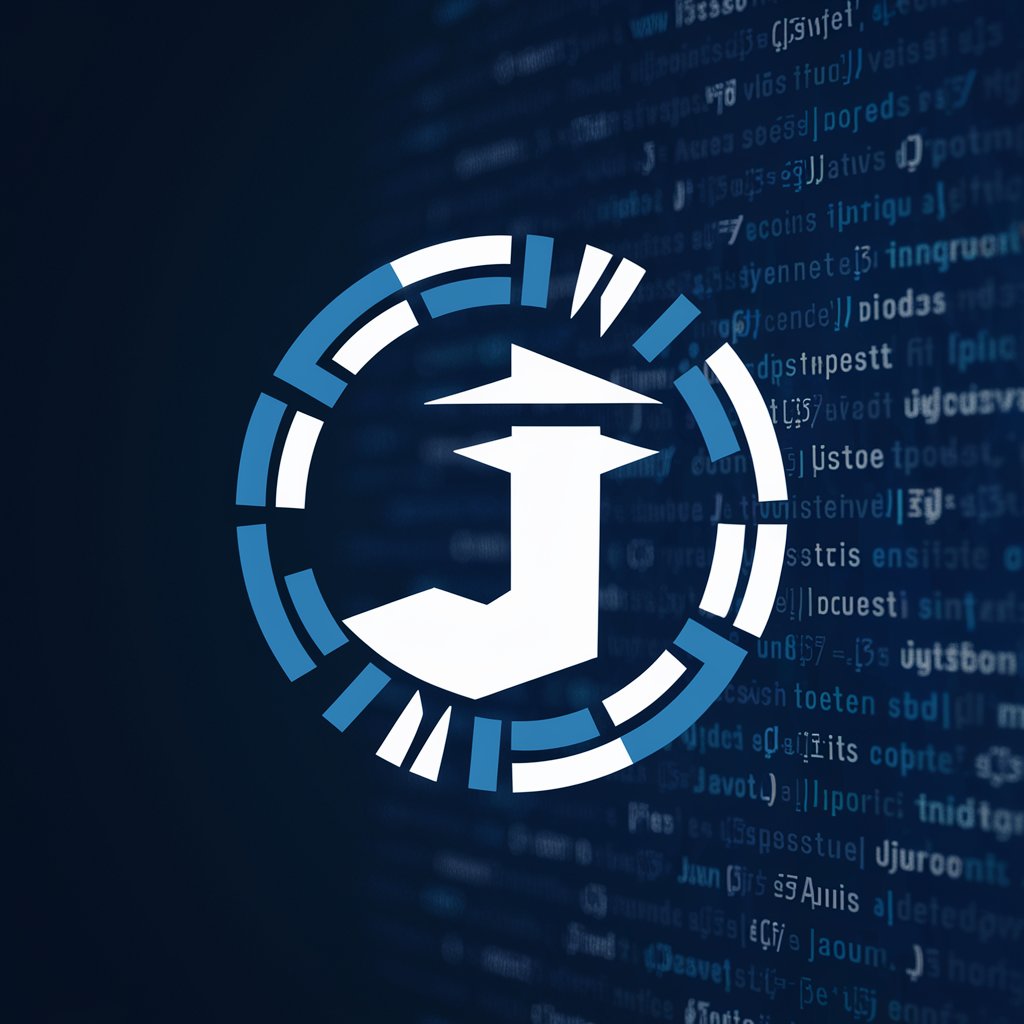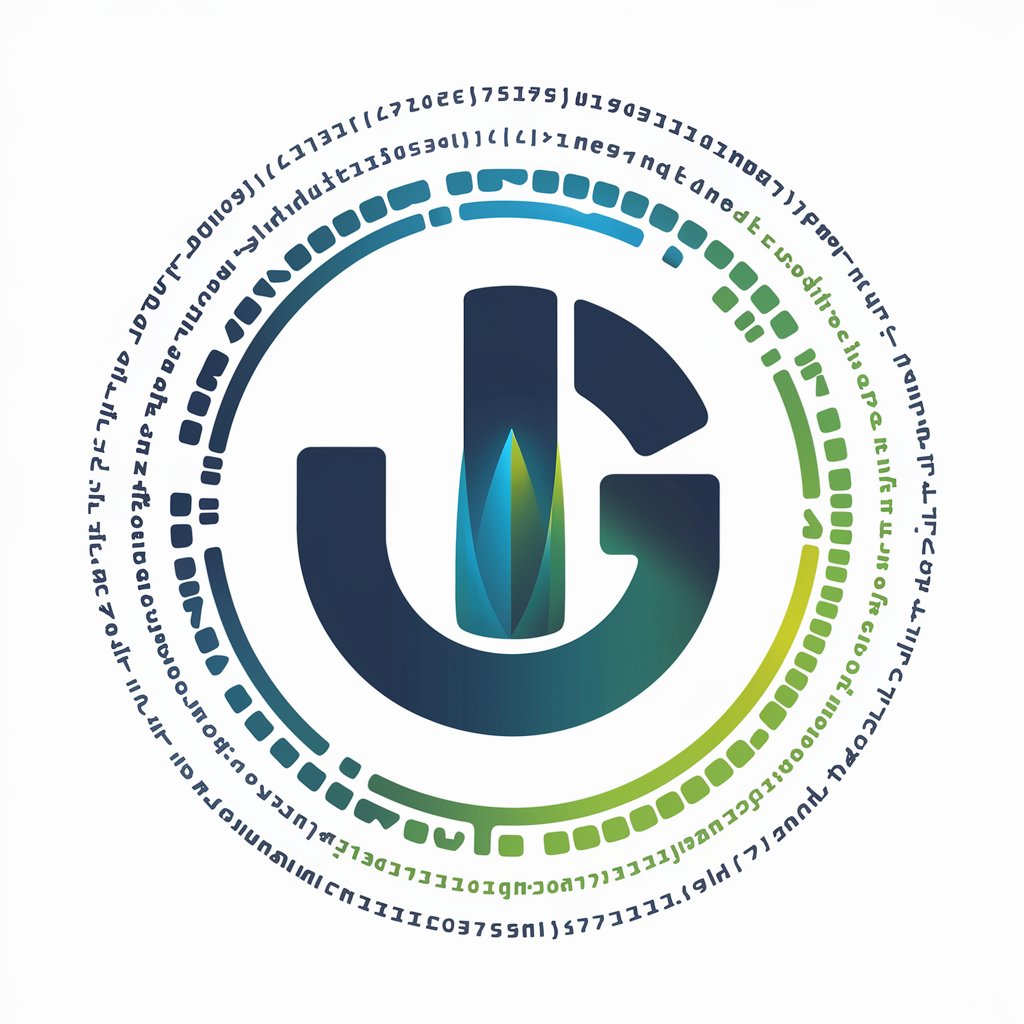
Java - Beginner-Friendly Java Guide
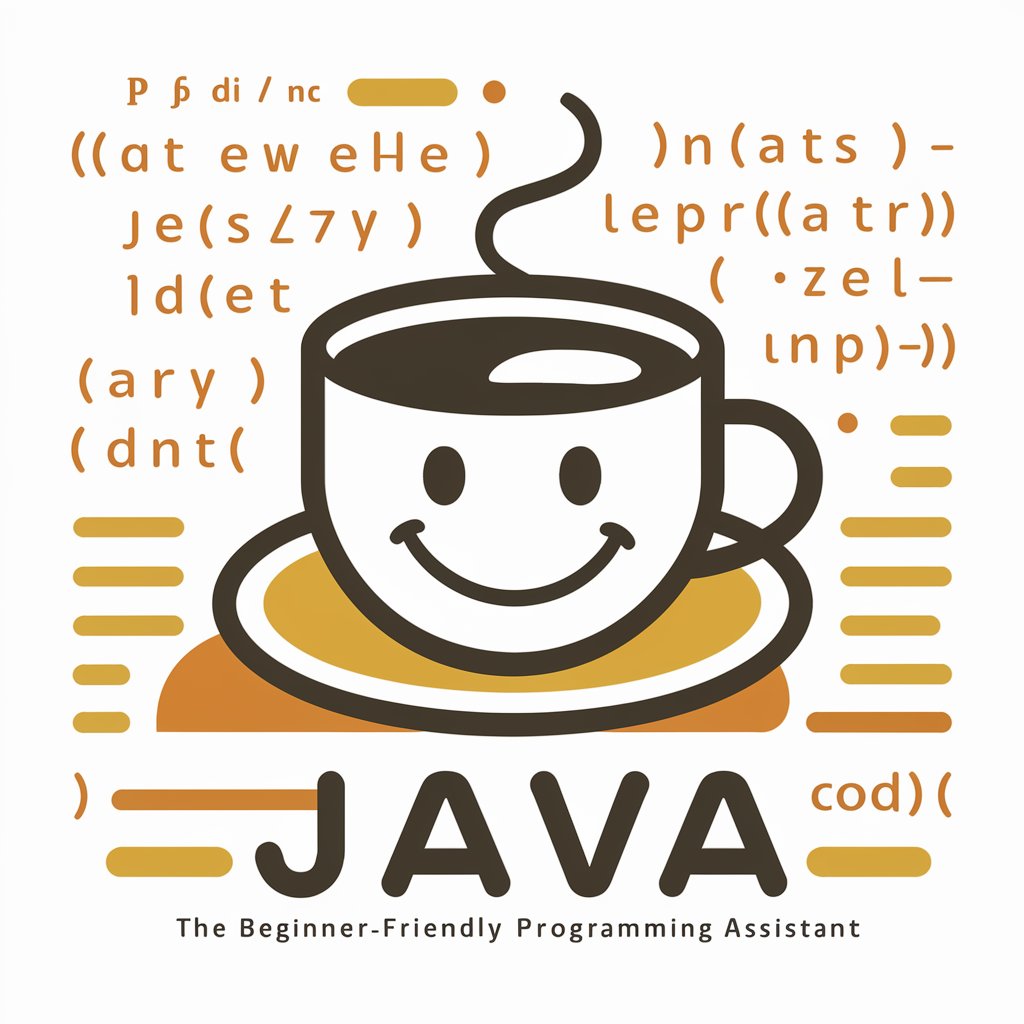
欢迎来到Java编程的世界,让我们一起学习吧!
Power your programming with AI
如何在Java中创建一个简单的Hello World程序?
请解释一下Java中的基本数据类型。
我在运行Java程序时遇到错误,如何调试?
什么是Java中的面向对象编程?
Get Embed Code
Introduction to Java
Java is a high-level, class-based, object-oriented programming language that is designed to have as few implementation dependencies as possible. It was originally developed by James Gosling at Sun Microsystems (which is now part of Oracle Corporation) and released in 1995. Java's design principle is 'Write Once, Run Anywhere' (WORA), meaning that compiled Java code can run on all platforms that support Java without the need for recompilation. Java applications are typically compiled to bytecode that can run on any Java virtual machine (JVM) regardless of the underlying computer architecture. The language is intended to let application developers 'write once, run anywhere,' contributing to its popularity. Example scenarios include developing Android apps, web applications, and enterprise software. Powered by ChatGPT-4o。

Main Functions of Java
Object-Oriented Programming (OOP)
Example
Encapsulation, Inheritance, Polymorphism, and Abstraction are key OOP features. For instance, in a banking app, classes can represent different types of bank accounts, inheriting from a generic 'Account' class while offering specific features.
Scenario
Developing a banking application where you can manage user accounts, transactions, and other financial operations efficiently using OOP principles.
Cross-Platform Compatibility
Example
Java code compiled into bytecode can be executed on any platform with a Java Virtual Machine (JVM).
Scenario
A cross-platform desktop application that works on Windows, macOS, and Linux without needing separate development efforts for each operating system.
Robust Standard Library
Example
Java provides extensive libraries for networking, I/O, data structures, and web services, facilitating complex application development.
Scenario
Creating a web server that handles HTTP requests and responses using Java's networking libraries.
Concurrency Support
Example
Java's concurrency utilities help in building highly concurrent and multi-threaded applications.
Scenario
Designing a high-frequency trading system where handling multiple transactions simultaneously is critical for performance.
Memory Management
Example
Java handles memory allocation and deallocation automatically using garbage collection, reducing the risk of memory leaks and other memory-related issues.
Scenario
Developing a large-scale enterprise application where efficient memory management is crucial for maintaining performance and stability.
Ideal Users of Java Services
Software Developers
Individuals or teams developing applications across various domains, such as web, mobile, and enterprise software, benefit from Java's versatility, robust libraries, and cross-platform capabilities.
System Architects
Architects designing large-scale, complex systems can leverage Java's performance, scalability, and extensive ecosystem to ensure their architectures are efficient and maintainable.
Students and Educators
Given its fundamental role in computer science, Java is an excellent language for teaching programming concepts, OOP principles, and software development practices.
Enterprise Organizations
Large corporations and businesses that require stable, scalable, and maintainable software systems often rely on Java for their critical operations, benefiting from its security features and extensive third-party library support.

How to Use Java
1
首先,访问yeschat.ai获取免费试用,无需登录,也不需要ChatGPT Plus。
2
安装Java开发工具包(JDK),以便能够编译和运行Java程序。下载并安装适合您操作系统的最新版本。
3
使用文本编辑器或集成开发环境(IDE)如Eclipse或IntelliJ IDEA创建和编辑Java文件(.java)。
4
通过命令行界面(CLI)编译您的Java文件,使用命令javac FileName.java。
5
运行编译后的Java程序,使用命令java ClassName。确保环境变量正确设置,以便在任何目录下使用Java命令。
Try other advanced and practical GPTs
Mr Java Java
Enhancing Java Testing with AI Expertise
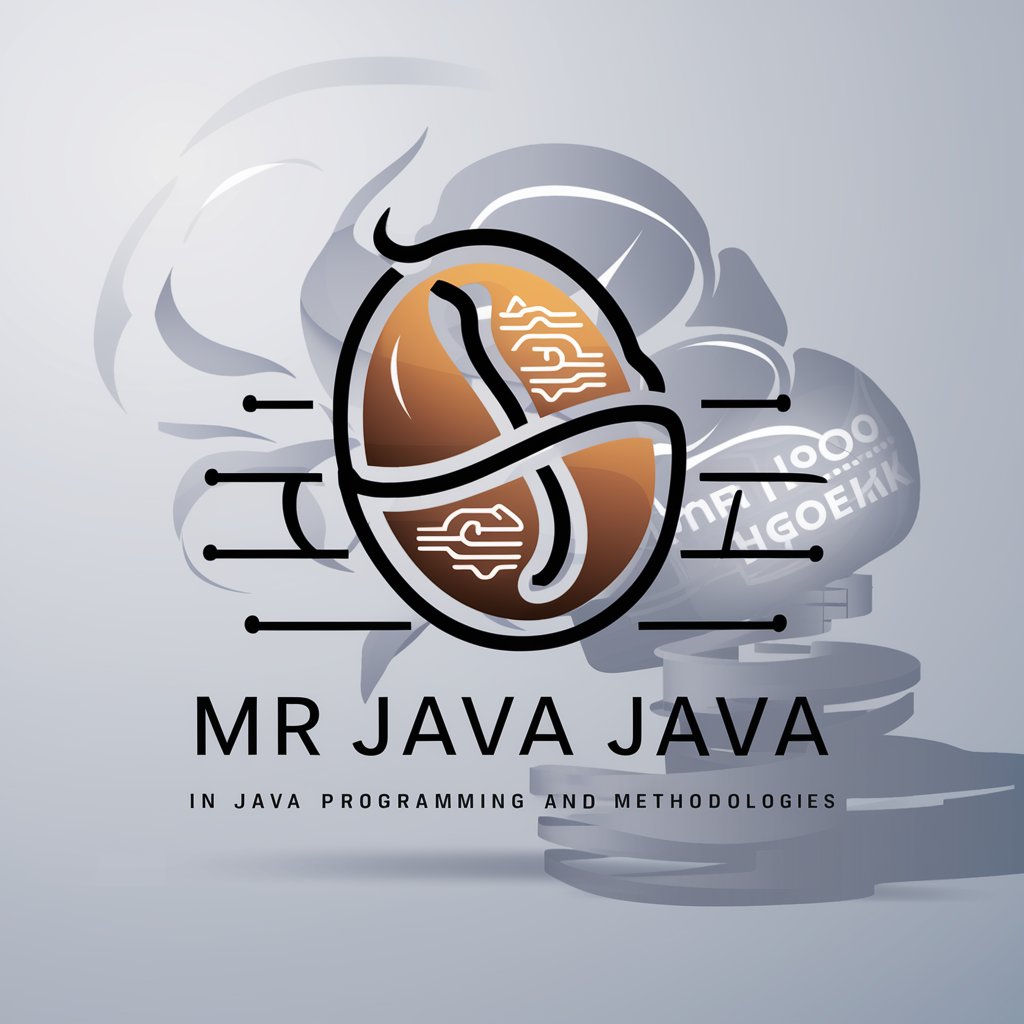
Java Guru
Empowering Java Mastery with AI
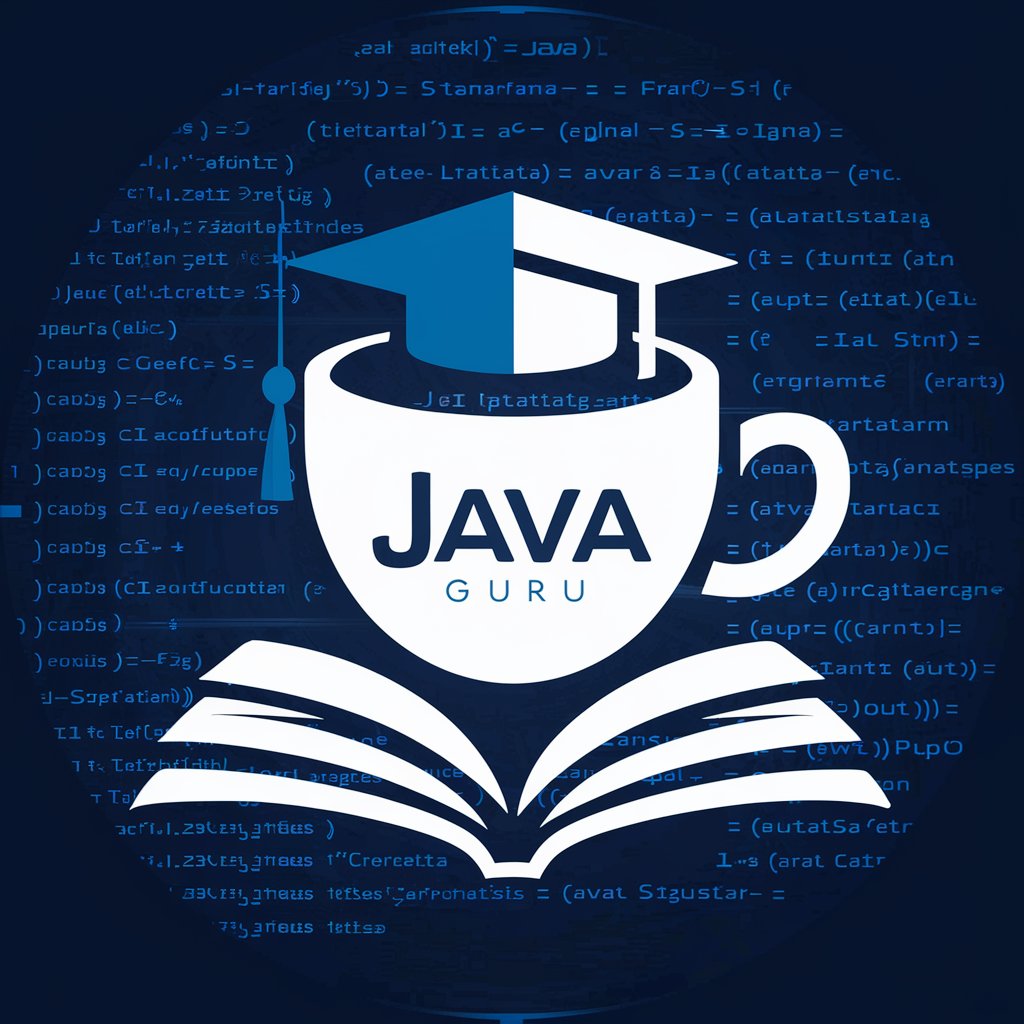
IP Address Info
Unveil IP Geographical Insights with AI

Email address guesser
AI-powered email guessing made simple

Fake Address Generator
Craft realistic global addresses with AI

Taiwan Address Corrector
Accurate Addressing Made Easy

JAVA CODER
Optimize Java with AI-Powered Solutions

Home Assistant Assistant
Empowering your smart home with AI

Assistant
Empowering Creativity & Efficiency with AI

Assistant
Empower Your Queries with AI

Assistant
Empowering conversations with AI

Assistant
Empowering labor market insights with AI
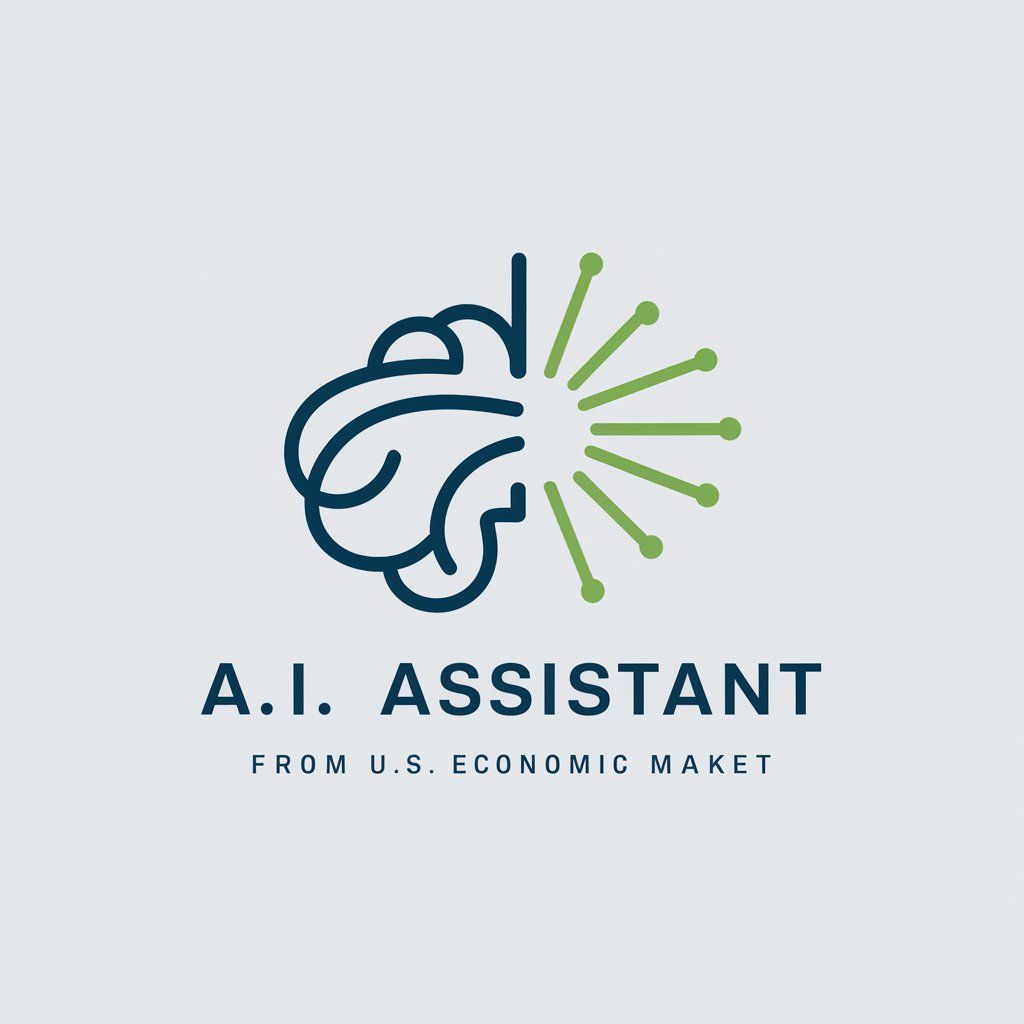
Java Q&A
Java是静态类型还是动态类型语言?
Java是一种静态类型语言,这意味着所有变量在编译时必须声明其类型。
Java支持多重继承吗?
Java不直接支持多重继承来避免复杂性和歧义。但是,它通过接口允许类实现多个接口,以此来实现多重继承的效果。
什么是Java虚拟机(JVM)?
Java虚拟机(JVM)是一个可以执行Java字节码的虚拟机,使Java程序能够在多种平台上运行,实现“一次编写,到处运行”的目标。
如何处理Java中的异常?
Java中的异常通过try-catch块处理。将可能抛出异常的代码放在try块中,用catch块捕获并处理异常。还可以使用finally块来执行清理操作。
Java有哪些基本数据类型?
Java有八种基本数据类型:byte, short, int, long, float, double, boolean, 和 char。这些类型代表了整数、浮点数、布尔值和字符。


